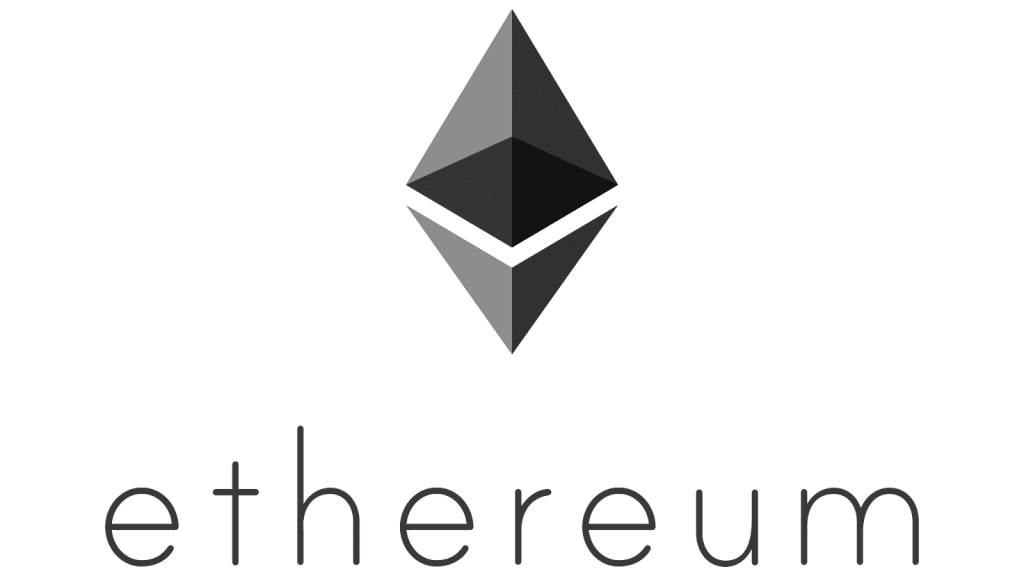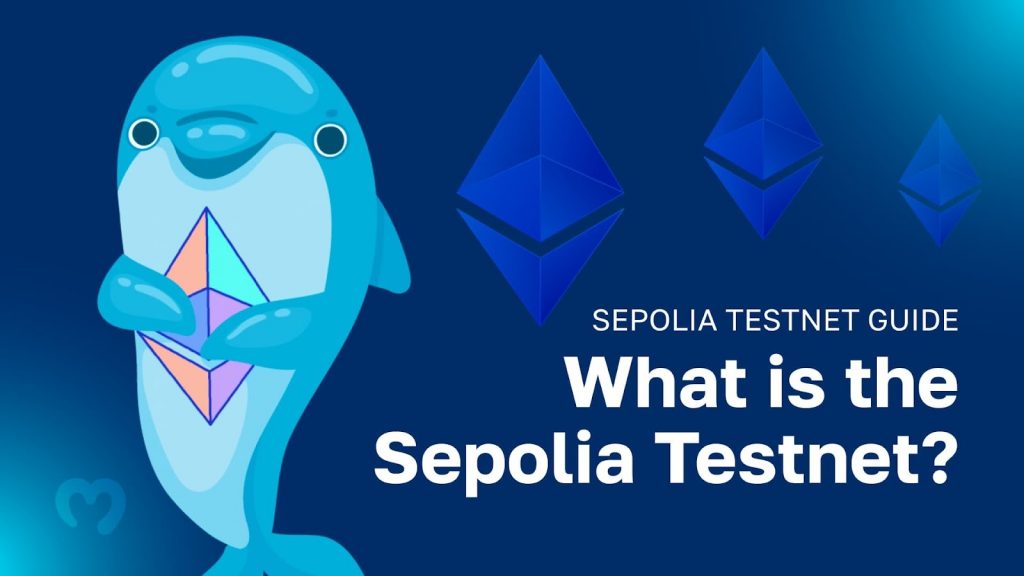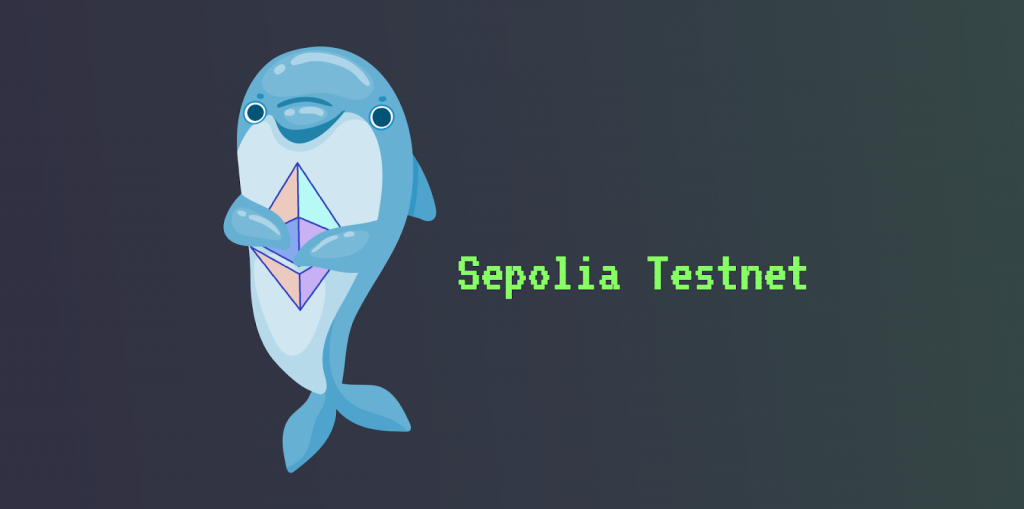When executing transactions on the Ethereum network, you must pay a gas fee. And during times of high demand, gas prices can soar to astronomical levels. Consequently, developing decentralized applications (dapps) directly on the Ethereum mainnet doesn’t make sense, as it can quickly become costly and time-consuming. Fortunately, this is where Ethereum testnets enter the equation. But what exactly is an Ethereum testnet? And what’s the difference between the various networks? If you’re looking for the answers to these questions, join us in this article as we explore the ins and outs of Ethereum testnets!
Overview
In today’s article, we’ll kick things off by answering the question, “What is an Ethereum testnet?“. From there, we’ll jump straight into a list of the most prominent Ethereum testnets, where we’ll cover the following networks:
- Sepolia
- Goerli *deprecated
- Holešky
- Rinkeby *sunsetted
- Ropsten *sunsetted
Lastly, to top things off, we’ll explore the ins and outs of testnet tokens and how you can acquire them using crypto faucets! Also, before we continue, did you know that the easiest way to build Web3 projects is to leverage Moralis’ industry-leading Web3 APIs?

Moralis’ API suite features many of Web3’s most prominent development tools. Some examples include the free NFT API, Price API, etc. With tools like these, you can effortlessly build Web3 projects in no time and try them out on an Ethereum testnet!
As such, if you haven’t already, sign up with Moralis straight away. You can set up your account for free and get immediate access to the industry’s leading APIs!
What is an Ethereum Testnet?
An Ethereum testnet is almost an identical copy of the Ethereum mainnet. However, it’s used for development and testing purposes rather than for real value transfers and transactions. As such, an Ethereum testnet essentially provides a simulation of the mainnet where you can create, design, and test projects and smart contracts safely without unnecessary transaction costs.

Furthermore, some testnets allow developers to test protocol, infrastructure, and staking updates before being pushed to the Ethereum mainnet. This ensures the network’s safety and security, as updates are battle-tested before any permanent changes are made to the Ethereum mainnet.
In summary, an Ethereum testnet is essential to the development process. It provides a safe, secure, and cost-effective way for you and other developers to build, test, and improve your Web3 applications and smart contracts!
Also, did you know that there’s more than one Ethereum testnet?
In the following section, we’ll provide a list of the most prominent testnets to give you a better overview of the Ethereum ecosystem!
List of Ethereum Testnets
To complement the mainnet, Ethereum also features multiple testnets. These networks are production-like environments developers can leverage to test protocol upgrades, smart contracts, and dapps before committing to the Ethereum mainnet. The various networks are designed for different use cases, and below, you’ll find five prominent Ethereum testnets:
- Sepolia
- Goerli *deprecated
- Holešky
- Rinkeby *sunsetted
- Ropsten *sunsetted
We’ll go through each testnet, one by one, in the sections below, starting with Sepolia!
Sepolia
Sepolia is a proof-of-stake (PoS) testnet that was initially launched by Ethereum core developers back in 2021. It’s currently the recommended and default testnet for application development. Furthermore, it is – along with Holesky – one of the primary testnets of the Ethereum network that haven’t been deprecated. This means that the Sepolia testnet is being maintained by client developers, ensuring that it’s a safe and accurate test environment.

When Sepolia launched in 2021, it initially implemented a proof-of-work (PoW) consensus mechanism. However, with the advent of The Merge, the testnet merged with Ethereum’s PoS Sepolia Beacon Chain. Consequently, Sepolia is now – much like the Ethereum mainnet – a PoS network. And since The Merge, the testnet now mimics the Ethereum mainnet, making Sepolia a suitable and accurate environment for testing dapps and smart contracts.
Here are the Sepolia testnet details:
- Network Name: Sepolia test network
- New RPC URL: https://sepolia.infura.io/v3/
- Chain ID: 11155111
- Currency Symbol: SepoliaETH
- Block Explorer URL: https://sepolia.etherscan.io
Goerli
Goerli – also known as Görli – was first introduced in 2018 but officially launched the following year. At this time, it became one of the primary testnets of Ethereum alongside Sepolia. However, while Sepolia was the primary testnet for application development, Goerli was the go-to network for infrastructure, staking, and protocol updates.

When Goerli launched, the testnet stood out as the first community-built, proof-of-authority (PoA) Ethereum testnet. But like Sepolia, Goerli transitioned from its original PoA consensus mechanism to PoS during The Merge by joining Beacon Chain.
However, Goerli is experiencing scalability issues for several reasons, including a shortage of the Goerli ETH testnet token, the network’s small set of validators, etc. Due to these limitations, the Goerli testnet has now been deprecated.
This means that the network, at the time of writing, is still available for use but is no longer being maintained by client developers. As such, it’s no longer recommended for testing purposes. Moreover, it has been announced that the Goerli testnet will be sunsetted early next year in 2024, meaning it will shut down permanently.
But if you still want to access the network, here are the Goerli testnet details:
- Network Name: Goerli test network
- New RPC URL: https://goerli.infura.io/v3/
- Chain ID: 5
- Currency Symbol: GoerliETH
- Block Explorer URL: https://goerli.etherscan.io
So, now that Goerli has been deprecated, how will developers test protocol, staking, and infrastructure upgrades? Well, this is where the recently launched Holešky testnet enters the equation to replace Goerli!
Holešky
Holesky (a.k.a. Holešky) is the latest Ethereum testnet, and it was released in September 2023. The Holesky testnet is named after Nádraží Holešovice, a train station located in Prague, Czech Republic, just as Goerli was similarly named after Goerlitzer Bahnhof station in Berlin, Germany.
Holesky is the first long-standing, merged-from-genesis, public Ethereum testnet. And it’s set to replace Goerli as Ethereum’s primary staking, infrastructure, and protocol testnet during the year!
As you learned in the previous section, the Goerli testnet has been struggling to meet testing demands. To avoid the pitfalls and address the scalability issues of Goerli, the Holesky testnet will support at least 1.4 million validators. This is more than the Ethereum mainnet and Goerli combined.

Furthermore, the Holesky network also features a significantly higher fixed supply of testnet tokens compared to its predecessor, which will help avoid similar supply issues as those Goerli is currently facing. In fact, Ethereum decided to allocate more than one billion Holesky testnet ETH to the supply.
Here are the network details for the Holesky testnet:
- Network Name: Holesky
- New RPC URL: https://rpc.holesky.ethpandaops.io
- Chain ID: 17000
- Currency Symbol: ETH
- Block Explorer URL: https://dora.holesky.ethpandaops.io/
Rinkeby
The Rinkeby network was a PoA Ethereum testnet that launched back in 2017. Developers used the network to test dapps before deploying them to Ethereum. Furthermore, Rinkeby operated as a fork of the Ethereum mainnet, and pre-authorized nodes ran it to ensure high performance and prevent issues like spam attacks.
However, on October 5th, 2022, the Ethereum Foundation decided that Rinkeby should no longer stay active. As such, the Ethereum Foundation decided to shut down the testnet during the summer of 2023.
Ropsten
Blockchain developers used the Ropsten network, an Ethereum-based testnet, to test protocol upgrades before deploying them to Ethereum’s mainnet. While developing dapps on this network, developers also used the Ropsten faucet to execute testnet transactions. Ropsten launched in November 2016 and was the official successor to Morden – yet another Ethereum testnet. The Ropsten testnet initially implemented a PoW consensus mechanism. However, as an important step of The Merge, Ropsten joined with Ethereum’s PoS Beacon Chain.
In October 2022, the Rinkeby testnet deprecated Ropsten, and a few months later in December, developers sunsetted it, rendering the testnet no longer operational.
Ethereum Testnet Summary – Which Testnet Should You Use?
While there are multiple Ethereum testnets, client developers are only currently maintaining two of them: Sepolia and Holesky. Both of these networks have different purposes. Sepolia is the primary Ethereum testnet for Web3 app development. Meanwhile, Holesky will replace Goerli as the main network for testing protocol, infrastructure, and staking updates during 2023.
The development team has deprecated or sunsetted the other networks, namely, Goerli, Ropsten, and Rinkeby. But what does this mean? It means that developers have either shut them down or deemed them unfit for testing purposes, rendering them inactive. Consequently, if you’re looking to build and test your own Ethereum projects, then Sepolia is the testnet for you!

Ethereum Testnet Tokens
Since testnets mimic the Ethereum mainnet, they still require you to pay gas for transactions. However, unlike on the Ethereum mainnet, you can use testnet tokens on Sepolia, Goerli, and Holesky rather than real ether!
But what exactly are Ethereum testnet tokens?
An Ethereum testnet token is essentially the native token of the test network. And each network has its own cryptocurrency. For instance, Goerli ETH is the testnet token on Goerli, and Sepolia ETH is the token of the Sepolia testnet.
Furthermore, these tokens usually don’t have any monetary value and developers use these to pay for gas fees on the Ethereum testnet they originate from. Consequently, they play an integral role in the process of testing smart contracts and dapps. Fortunately, you can usually get these tokens for free using Ethereum testnet faucets!
Ethereum Testnet Faucets
Ethereum testnet faucets are usually web applications enabling you to seamlessly get free testnet tokens. They typically have straightforward and minimal user interfaces where you simply input your wallet address and hit a submit button. In return, the faucet supplies your wallet with a small amount of testnet tokens. From there, you can use your newly received funds to pay for transactions on the Ethereum testnet in question.
There are multiple faucets for all the active testnets of Ethereum. However, from a conventional perspective, it has always been a tedious task to find good, legit faucets without bothersome tweet verifications and account sign-up nonsense. And this is precisely why we created Moralis’ faucets page.

The Moralis faucets page features a curated list of pure faucets. There’s no need to sign up. No need for personal data. And no BS. Simply visit the page, and you’ll find the Ethereum faucets you need!
To learn more about Ethereum testnet faucets and how they work in practice, please check out our Sepolia testnet faucet article!
Along with faucets for Ethereum’s testnets, the page also supports multiple other networks, including Polygon, BNB Smart Chain, Arbitrum, Avalanche, and many others.
Summary: Full Ethereum Testnet Guide
In today’s article, we covered the ins and outs of Ethereum testnets. In doing so, we learned that they are production-like environments that allow you to design, build, and test Web3 projects safely and without unnecessary costs.
From there, we covered five prominent Ethereum testnets:
- Sepolia
- Goerli *deprecated
- Holešky
- Rinkeby *sunsetted
- Ropsten *sunsetted
Lastly, to top things off, we explored the intricacies of testnet tokens and how you can get them using crypto faucets.
So, if you have followed along this far, you now know what an Ethereum testnet is and why they are useful. From here, you might now be looking to start building your own Ethereum projects. If this is the case, then you’ll need to check out the various Web3 APIs Moralis offers!
You’ll find amazing development tools like the NFT API in Moralis’ API suite. With the NFT API, you can seamlessly get the data you need to build sophisticated NFT-based projects in a heartbeat. To learn more about this, check out our excellent guides on how to get all NFTs owned by a user address or how to get ERC-721 on-chain metadata.

If you liked this article, consider checking out more content here on the Moralis Web3 blog. For instance, explore the concept of account abstraction or learn how to write a smart contract in Solidity!
Also, did you know that you can access all the Web3 APIs of Moralis entirely for free? All you have to do is sign up with Moralis, and you can start building Web3 projects smarter and more efficiently today! If you’d like some inspiration on what’s possible to build using Moralis’ APIs, make sure to check out Moralis Money!
